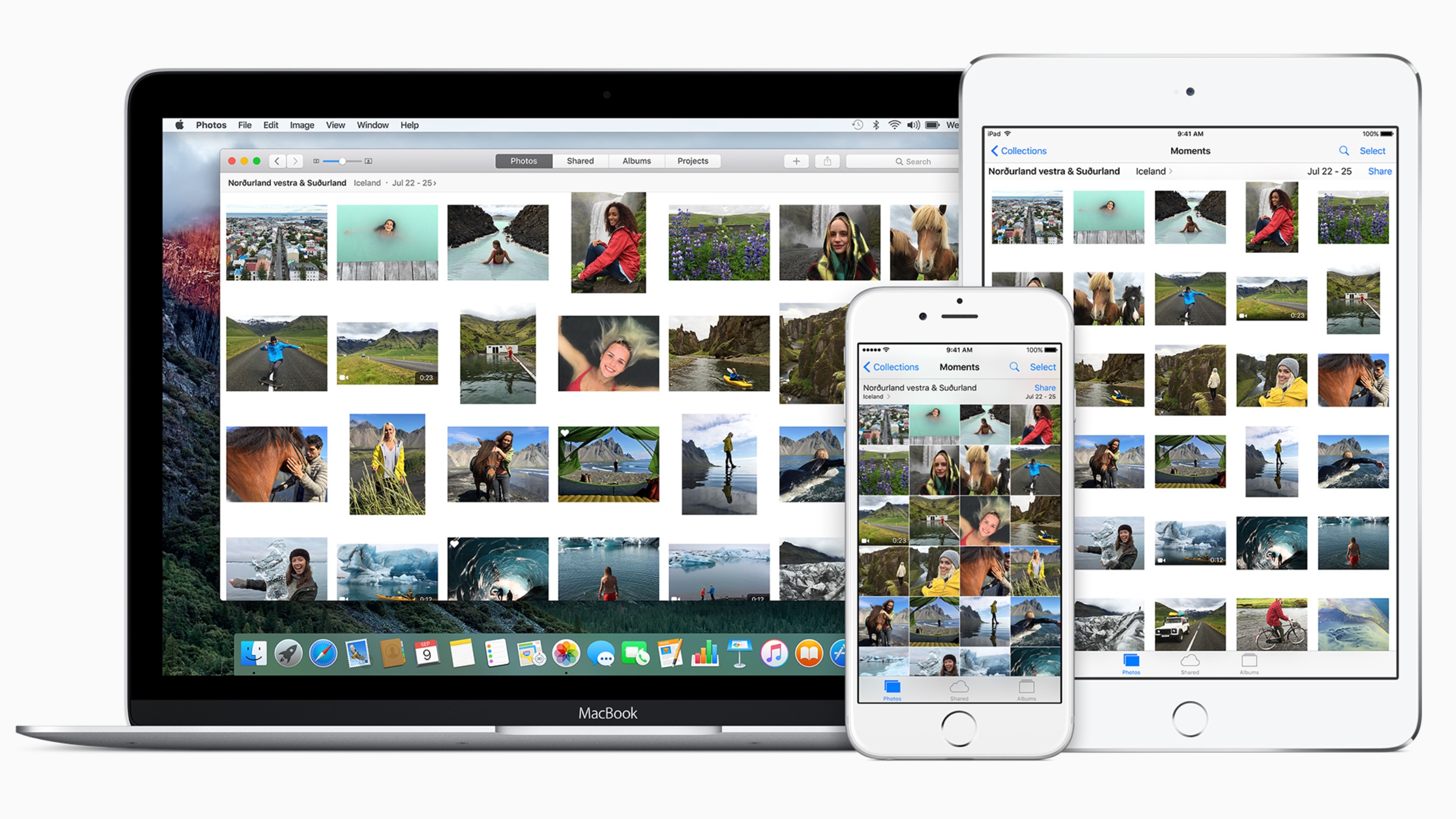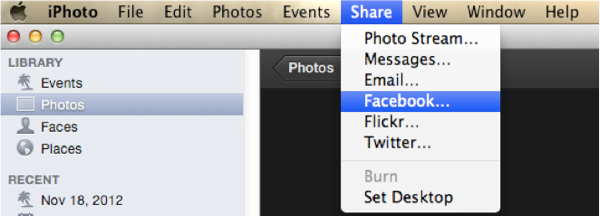
Go to Mac’s Pictures folder. Drag your Photos library into the said vault. When asked if you’d like to delete the original files, click Delete. Or, you can manually delete the library in Pictures. Now the photos on your Mac are locked in the vault. The Photos library is hidden and protected. On Apple Photos App Prompts “Please unlock your iPhone” Even Though Phone is Unlocked Already. TL;DR: Check your iPhone’s backup settings in the Apple device backup settings and switch them to back up to your computer instead of iCloud. Today I was trying to import my photos into the Apple Photos app on my iMac only to be stuck in a loop. If it's not selected, click the lock button to unlock it, enter an administrator name and password, then select the checkbox. After the move is finished, double-click Photos Library in its new location to open it. If you use iCloud Photo Library, designate this library as the System Photo Library. Quit iPhoto once again and eject the external hard drive holding your new iPhoto Library. Open a new Finder window and navigate to the Pictures folder in the left sidebar again.
[More Tips] Fixes to Common iPhoto Not Working Problems
We understand that there are still a lot of users prefer iPhoto and don't want to switch to the above iPhoto alternative or Photos app. When those run into problems with iPhoto, the troubleshooting tips below will help.
Important Note: Before you try any fix below, you're suggested to make a copy of your photos (and the iPhoto application if necessary).
To backup your photos quickly, you may need an iPhoto alternative (free download:Mac version and Windows version) for a while.
#1 iPhoto Not Recognizing iPhone
When users plug iPhone to computer and open iPhoto to transfer some iPhone photos or the like, the iPhoto won't recognize iPhone (7/Plus/6S/SE or earlier) on the sidebar. This iPhoto problem is mostly caused by bad cable or software fault. If iPhone doesn't show up on iPhoto, there are some quick troubleshooting tips to fix it:
1. Restart your computer and try again;
2. Go to Settings and find Passcode Lock, then turn the passcode lock off;
3. Delete all the photos on your phone that are sent by email or downloaded from web;
4. Make sure that there are no other users logged into the Mac at the same time and retry;
5. Try to connect iPhone to Mac using a different USB port;
6. Quite Final Cut or iMovie that may interfere with Photos' ability to recognize the iPhone.
#2 iPhone Photos Not Showing up in iPhoto
Another common iPhoto not working problem is that, the iPhone device is detected on the app's list, but iPhoto won't show up the photos in iPhone. Don't worry if you run into this problem as there are many proved fixes to the problem of photos not showing up in iPhoto:
1. Check if you're using any other photo storage services on your computer like DropBox, if you do, disable or delete them as they may be conflict with iPhoto;
2. Check if you have check trust for the computer to access your phone and photos;
3. If you have trusted the computer but photos still not showing up, then go to Settings on iPhone and switch Auto-Lock function to never;
4. Rebuild your iPhoto Library database if individual photos are not showing up in iPhoto, it you don't know how, check Apple's explanation on how to rebuild iPhoto Library.
#3 Slow iPhoto Problem
It is said that iPhoto will chock on just 10,000 images, and any larger photo library will slow down iPhoto's performance. However, today's camera make it extremely easy to go beyond the 10,000 limit. Note that even if Photos app is released to replace iPhoto and bring better performance, it's still quite slow for large photo library. If you find iPhoto taking forever to import from iPhone, try below:
1. Break your libraries into several libraries every 10,000 photos;
2. Launch iPhoto and hold down the shift, options and command keys, then the Photo Library First Aid window will appear with repair options;
3. Open Terminal and cd by default, cd '~/Pictures/iPhoto Library' and execute the command: for dbase in *.db; do sqlite3 $dbase 'vacuum;';
4. If still the iPhoto is not working or slow, try iPhoto alternative:
-'I upgraded to Yosemite and migrated my iPhoto library to the new Photos app. I’m happy with Photos and do not plan to go back to iPhoto. However, I’m bothered by the wired and misleading sizes reported by Finder because of the old iPhoto library. How can I delete iPhoto library without damaging my Photos library?'
-'The reason why I’m asking is because my Mac is running low on disk space, and I can free up 64GB of space on my hard drive by deleting the iPhoto library. Can anybody show me how to delete iPhoto library after moving to external hard drive?'
Most people have updated and migrated photos from iPhoto to Photos on Mac already. As a result, you will get duplicate pictures stored in iPhoto library.
Moreover, some people complain that it is quite annoying to receive notifications about iPhoto all the time. So if you have backed up important photos from iPhoto library, then you can delete iPhoto and photos duplicate right now.
Part 1: How Do I Clean Out My iPhoto Library
Just as mentioned above, once you upgrade your Mac from iPhoto to Photos, there will be a second photo library. So if you want to free up more storage space, you need to empty iPhoto library or delete it directly. For people who choose the first one, here are steps you can follow.
Step 1: Open 'Finder' and search for your iPhoto library.
Step 2: Highlight the items you want to delete.
Step 3: Right click and choose 'Show Package Contents'.
Step 4: Select multiple pictures and right click to get 'Move to Trash'.

Step 5: Empty the Trash to delete iPhoto Library after backup.
What if people just want to empty iPhoto library? If you insist on using iPhoto instead of Photos app, then you can head to iPhoto app to delete all photos in iPhoto as well.
Step 1: Launch iPhoto app and choose your unwanted photos.
Step 2: Click 'Photos' on the top tool bar.
Step 3: Select 'Move to Trash' from its drop-down list.
Step 4: Choose 'Trash' in the left panel.
Step 5: Click 'Empty Trash' and then choose 'OK' to confirm the deletion in iPhoto.
Later, you need to empty the trash bin of your Mac computer as well.
In this way, you could also use the third-party software to recover photos on Mac.
Can't Open Iphoto Library On Mac
Part 2: Can I Delete the Migrated iPhoto Library
After you have migrated iPhoto pictures to Photos app, you can delete an old iPhoto library on Mac directly. There is no need to create a backup before deleting iPhoto library pictures.
However, some people worry about the security of the current Photos app. Well, it does not matter a lot. You can follow steps below to delete iPhoto library after moving to Photos safely.
Step 1: Quit iPhoto and Photos app before the process.
Step 2: Head to 'Finder' and click 'Pictures' in its left panel.
Step 3: Choose 'iPhoto Library.library' file.
Step 4: Drag and drop it to the Trash.
Step 5: Right click over “Trash” and choose 'Empty Trash'.
As a result, you can delete iPhoto library pictures and regain Mac storage space easily. Check this post if you want to delete downloads on iPhone.
Part 3: How Do You Permanently Delete Photos from iPhoto Library
Actually, you can run Apeaksoft Mac Cleaner to delete all duplicate photos. Moreover, this powerful program can help you find and delete all duplicate videos, documents, music and other files.
So you can clean up Mac and remove those duplicate items completely. In addition, Mac Cleaner allows users to delete any unwanted Mac data permanently, including cookies, caches and other private files.
- Delete junk files, large & old files and other unwanted files off your Mac permanently.
- Find and delete duplicates photos or other files on your Mac.
- Uninstall any unwanted app and the associated files.
- Protect your privacy and clean worthless files in one click.
- Monitor your Mac performance including disk utilization, battery status, memory performance and CPU usage.
How to Delete Duplicate iPhoto Library Photos on Mac Quickly
Step 1: Launch Mac Cleaner
Free download and install Mac Cleaner software. Launch this duplicate photo finder on your Mac computer. Then you can click 'Scan' in the default 'System Status' page to see the current condition of your Mac.
Step 2: Scan your duplicate photos
Click 'Similar Image Finder' under 'Tools' in the left panel. Then choose 'Scan' to start to search all duplicate photos including iPhoto library photos. Wait for a while for complete the process.
Step 3: Delete images in iPhoto library
How To Unlock Iphoto Library On A Mac
Sort out the certain duplicate images from the drop-down 'Sort By' list on the top. Choose one photo and preview it with the detail information. Later, click the small box before the duplicate photo you want to delete. Choose 'Clean' to delete duplicate iPhoto library pictures instantly.
Part 4: FAQs of Deleting Photos from iPhoto Library
1. How to access iPhoto Library?

First, switch to 'Finder' by clicking on its Dock icon. Click 'New Finder Window' option and scroll down in your user folder and open 'Pictures' folder. Then, find the 'iPhoto Library' file, press and hold the 'Control' key while clicking on the 'iPhoto Library' file. Next, click 'Show Package Contents' option and open 'Data.noindex' folder. In this folder you can see all your photos sorted into folders by date.
2. Can I delete the duplicated photos after I convert from iPhoto to Photos?
You can handily check and delete duplicate photos on Mac. You can use the built-in Finder feature to find the duplicate photos. The Finder feature enables you to search for different kinds of duplicate Mac data like photos, document, movie, music, PDF, text, and more. Then, you can delete duplicate photos after finding them.
3. How do you transfer your iPhoto library to a new Mac?
For copying iPhoto library to a new Mac, firstly, you can store your library on an external storage device, such as a USB or Thunderbolt drive formatted as APFS or Mac OS Extended. After the move is finished, eject the hard drive from your old Mac and connect it to this new one. Next, open iPhoto on the new Mac. Hold down the Option key on the keyboard, and keep the Option key held down until you are prompted to create or choose an iPhoto library.
4. How to move iPhoto library to a new location?
For a new location, just drag the iPhoto Library folder or package to its new location.
Later, restart your computer to check if those duplicated iPhoto photos have been removed or not. In addition, Mac Cleaner can help you find not only all duplicate images, but also other types of duplicate files. Just head to 'Duplicate Finder' to search and delete duplicate files efficiently.
At last but not least, you can transfer photos to cloud storage space like iCloud, Dropbox and more (Backup Mac to iCloud). It is a good way to preserve your previous memory and keep your Mac clean.
Moreover, you can access those photos on any Apple device easily.